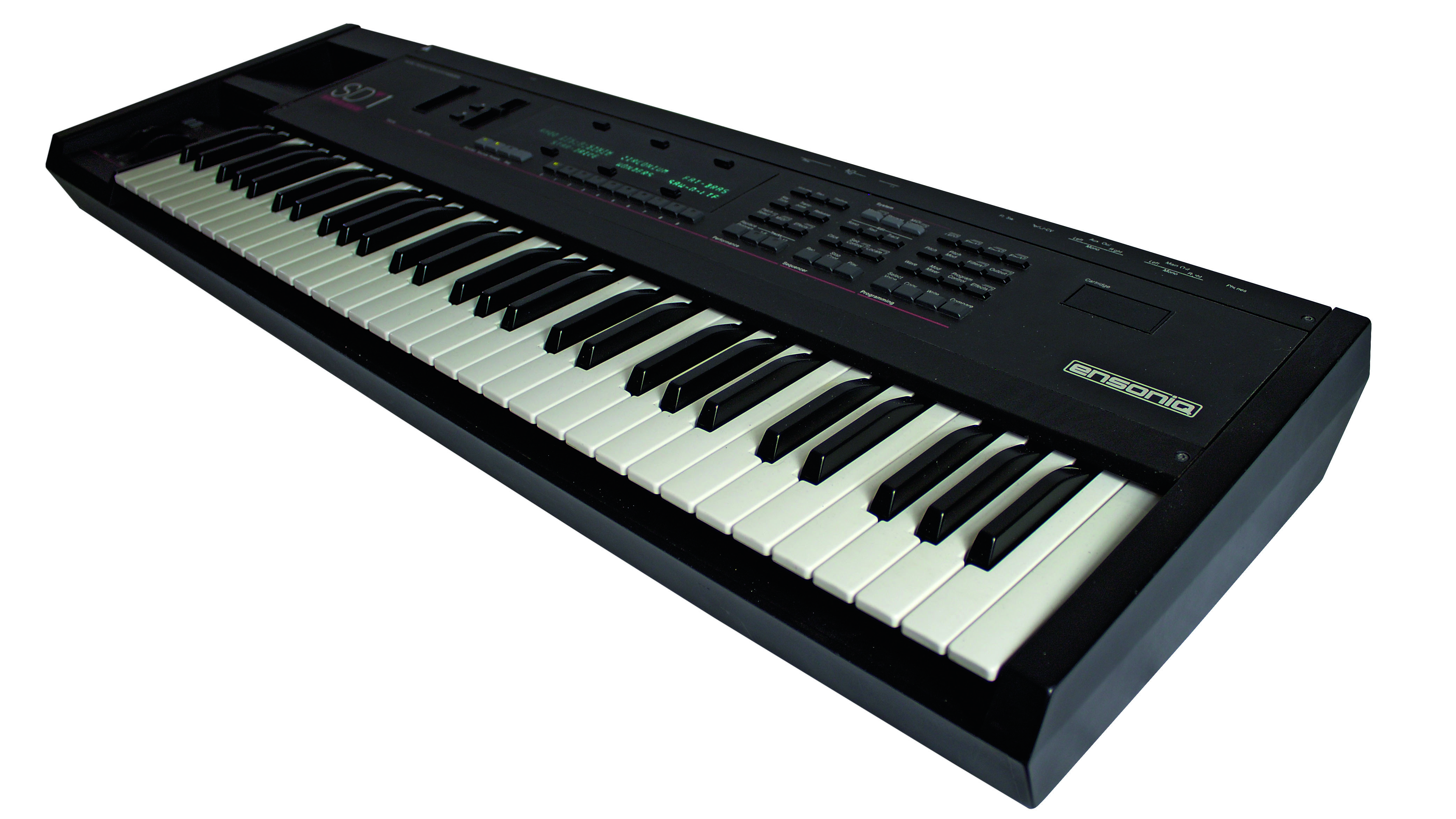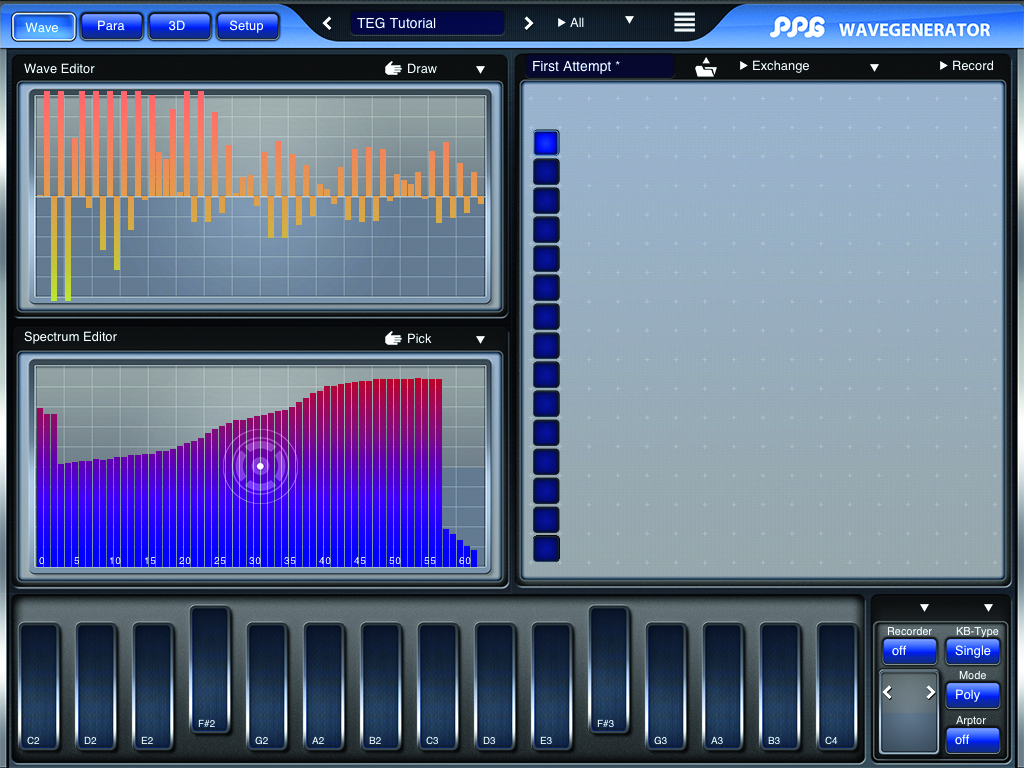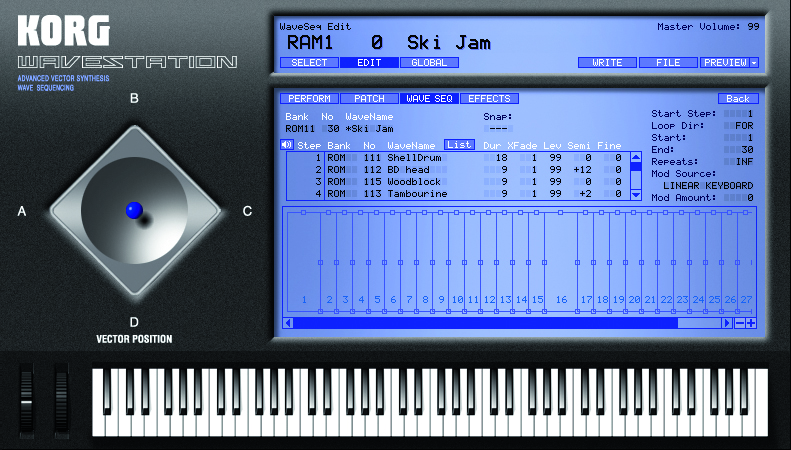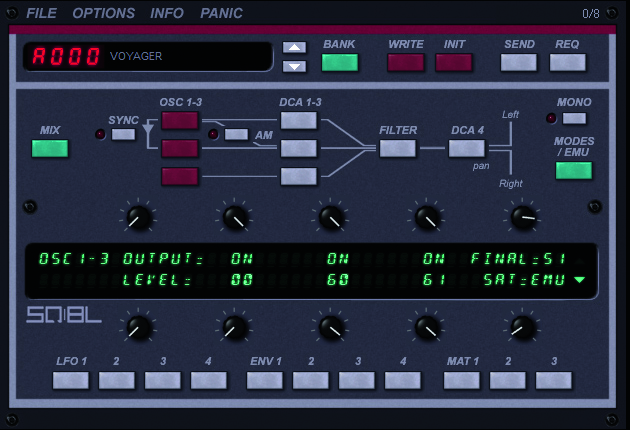Blast from the past: Ensoniq VFX series
Released during the glory days of the preset-powered ROMpler, Ensoniq’s VFX series emphasised synthesis over prefab patches

The reign of analogue synthesis had reached its end as the '80s came to a close. Heck, even the FM synthesis that dealt analogue’s death blow was on notice, supplanted by ROMplers, their meagre internal memories packed with truncated samples of acoustic and electric instruments. Such a machine was indeed a ‘band-in-a-box’, especially coupled with a built-in sequencer and some reverb and delay effects.
The most popular such ‘workstation’ was Korg’s blockbuster M1. With sales eventually reaching a quarter-of-a-million units, the M1 changed the way synthesisers were made and marketed, and every major manufacturer scrambled to cobble together their own variation on the theme.
All, that is, except Ensoniq, whose popular ESQ-1 had predicted the workstation craze two years before the M1 hit the shops. Offering a comprehensive eight-track sequencer and a superb hybrid synthesis architecture that combined simple, sampled waveforms with rich analogue filters, the ESQ-1 lacked only the built-in effects and multisampled instruments and drum kits that would allow future workstations to be used for full productions.
Still, it was a good start and Ensoniq could have jumped on the M1 bandwagon – just bang a bunch of drum sounds and effects onto the ESQ-1 and re-badge it as a workstation.
Dual in the crown
In 1989, Ensoniq chose a different path with its 21-voice VFX. It had built-in effects, but unlike the other synths, Ensoniq empowered the VFX with a 24-bit dual effects processor, thanks to their VLSI chip. This, with the internal 16-bit samples, gave its patches a rich, hi-fi quality.
VFX’s patches could use up to six (!) oscillators to play those samples. All of the usual suspects were included – brass swells, twangy guitars and more besides. Significantly, the VFX offered up the first batch of Ensoniq’s Transwaves. A variation of the wavetable synthesis introduced by PPG, Transwaves consisted of a string of related waveforms strung end-to-end. Modulating the playback position of the Transwaves provided VFX patches with considerable motion and interest.
Speaking of modulation, the VFX had it in spades. Complex, looping envelopes, LFO, and polyphonic aftertouch made the VFX a powerful performer, as did its ability to call up four variations on each patch using the Patch Select buttons just above the pitch and mod wheels.
Get the MusicRadar Newsletter
Want all the hottest music and gear news, reviews, deals, features and more, direct to your inbox? Sign up here.
Year of manufacture
1989
Original sale value
£1350 (VFX) – £1995 (SD-1)
Current price
$250+ (US prices. Units are harder to find in UK)
Number made
Unknown
You may have noticed that we haven’t discussed sequencing. That’s because Ensoniq gave it a miss on the original VFX. This would be addressed in the costlier VFX SD, which added a killer 25,000-note sequencer with the sort of features you’d expect on a software sequencer.
Alongside the sequencer, the VFX SD provided multisampled drums, an impressive multisampled piano, and built-in floppy drive for storing/loading patches and sequences. Wow!
The VFX-SD was, alas, problematic. Though it sounded brilliant, it was prone to instability. Ensoniq diligently repaired and upgraded units in the field, and would eventually release the SD-1, the best and most reliable of the series. A 32-voice “Plus” version is the one to look for.
Three great plugin alternatives

PPG WaveGenerator
WaveGenerator is a software wavetable synth from the very man who originated the technology. Initially developed for iOS, it has made its way to the desktop, too. While it’s not technically a ‘workstation’ as such, this powerful synth offers some of the same sort of lush, evolving timbres found on Ensoniq’s initial VFX.
Check out our review of the PPG WaveGenerator here.

Korg Legacy Wavestation
Rising from the ashes of Sequential Circuits, Korg’s Wavestation was developed by ex-SCI boffins who drew on tech found in Sequential’s Prophet-VS. Rather than relying on static waveforms, the Wavestation let users build ‘wavesequences’ from any and all waveforms stored in ROM. Like the VFX, the Wavestation was a great source of atmospheres.
Read more about the original Korg Wavestation

Siegfried Kullmann SQ8L
An old ’un, but still worth a spin, SQ8L is a bit-for-bit recreation of Ensoniq’s predecessor to the VFX, the SQ80. Though lacking Transwaves, it still provides some of the nice, digital timbres for which early Ensoniq synths were so beloved. This one’s Windows-only, alas, and, in fact, was coded for 32-bit operating systems.


Computer Music magazine is the world’s best selling publication dedicated solely to making great music with your Mac or PC computer. Each issue it brings its lucky readers the best in cutting-edge tutorials, need-to-know, expert software reviews and even all the tools you actually need to make great music today, courtesy of our legendary CM Plugin Suite.










